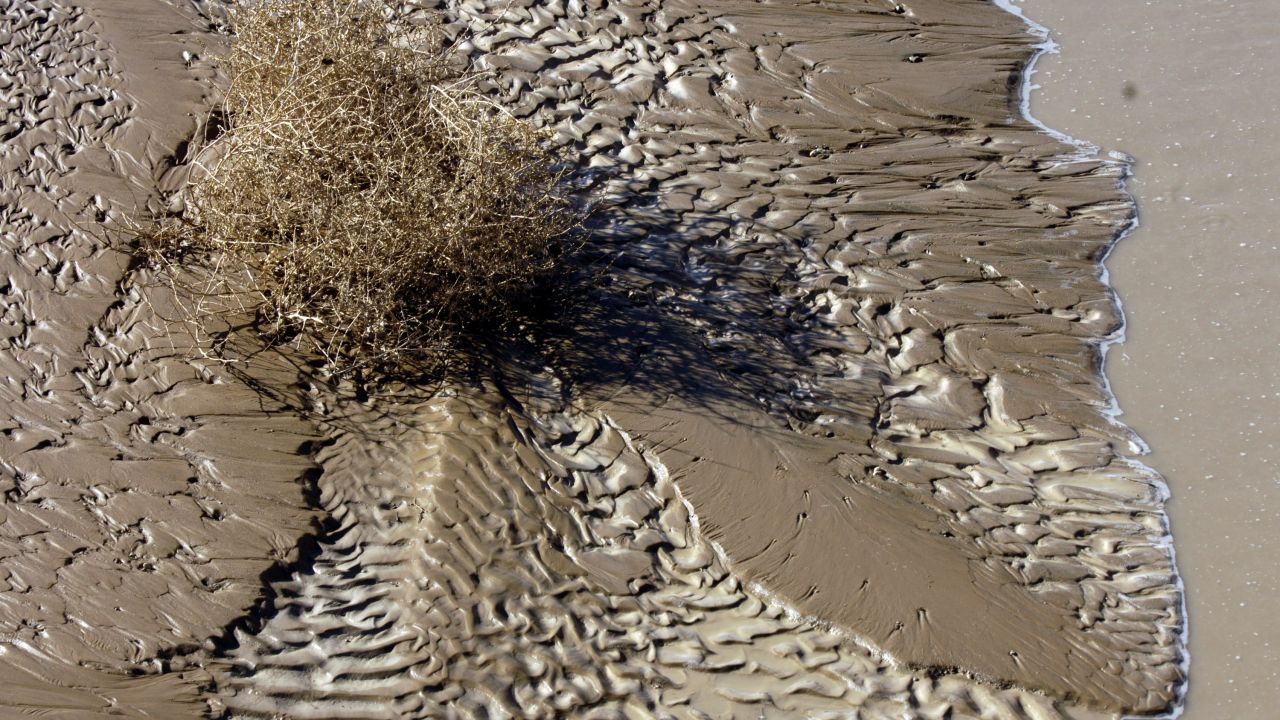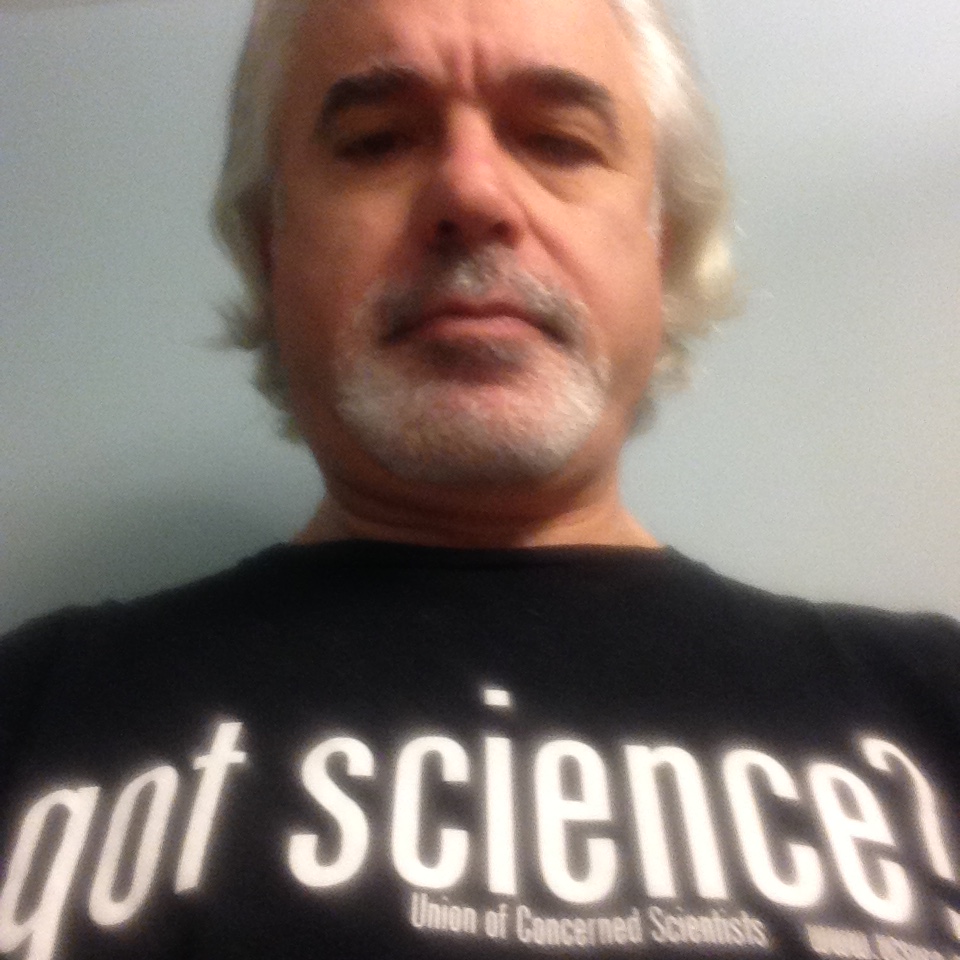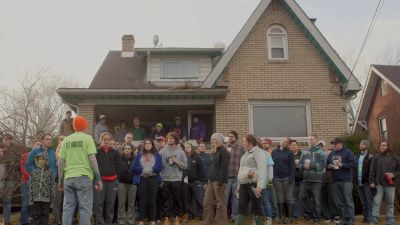
Global climate changes are creating altered rainfall patterns, resulting in shrinking water supplies for drinking, industry and agriculture. City planners in desert regions are on the front lines of rethinking how growing populations should maximize limited water resources. (Photo by Andy Nelson/The Christian Science Monitor via Getty Images)
This post originally appeared at The Huffington Post.
Back in 1992, when a relatively unknown governor from Arkansas was challenging incumbent George H.W. Bush for the presidency, his lead strategist, James Carville, hung a sign in their Little Rock headquarters that read, in part: “The economy, stupid.” Although the sign was only meant for internal consumption, “It’s the economy, stupid” became the de facto slogan of Bill Clinton’s campaign. The rest, as they say, is history.
To be sure, the economy is always a major factor in any election, and after rebounding from the Great Recession of 2008, we have been suffering from sluggish growth, which is leaving plenty of Americans behind. That said, the biggest long-term threat to the economy is not what today’s presidential candidates have spent their time debating. It is not immigration. It is not gun control. It’s not even trade policy. The most significant threat to the economy is climate change. And not just to our economy, but to economies, big and small, around the world.
Fortunately there are some encouraging signs that Americans increasingly believe we need to address climate change, and soon. Nearly three-quarters of American voters now say they understand that global warming is happening, according to an April 2016 public opinion survey by the Yale Program on Climate Change Communication. Nearly 70 percent support a carbon tax. More than 40 percent say they are more likely to vote for a presidential candidate who strongly supports taking action to cut carbon emissions. And, given climate change was the topic of the fourth most-popular question submitted to the second “town hall” debate, voters clearly want to hear what the candidates have to say about it.
Regardless, the presidential debate moderators avoided the issue, squandering the opportunity to inform tens of millions of Americans about the significant differences between Clinton and Trump on climate. In fact, there are substantial disagreements among them and the other two presidential candidates as well. Because I work for a nonpartisan, tax-exempt organization, I am not at liberty to publicly weigh the merits of their respective positions. But I can tell you how climate change is already affecting each candidate’s home state and what scientists project will happen there if we don’t dramatically reduce carbon emissions.
Suffice it to say, it’s not pretty.
New York: More Catastrophic Floods
Let’s start with Clinton and Trump’s home state of New York. Annual average temperatures in the Empire State already have gone up about 2.4 degrees Fahrenheit since 1970, with average winter temperatures jumping more than 4.4 degrees Fahrenheit, according to statistics compiled by the New York Department of Environmental Conservation. If carbon emissions continue at their current pace, temperatures across the state are expected to rise as much as 3 degrees Fahrenheit by the 2020s, 6 degrees Fahrenheit by the 2050s and 10 degrees Fahrenheit by the 2080s.
These higher temperatures would have a major impact on New York’s 36,000 farms, which produced $4.7 billion in products in 2010. Longer growing seasons could increase yields of a number of crops, especially soybeans, according to the US Environmental Protection Agency (EPA), but hotter summers likely would reduce yields of corn, New York’s most important crop. Heat stress, meanwhile, would make dairy cows less productive and hamper beef production, which together account for more than half of the state’s farm revenues.
Even more worrisome, sea level along the New York coast has gone up a foot since 1900, according to the state’s environmental agency, and the rate of rise — about 1.2 inches per decade — is nearly twice the observed global rate, mainly because much of the state’s land surface is sinking. Higher water levels are exacerbating flooding, submerging low lands and eroding beaches. And it’s going to get worse. Scientists expect sea level to rise as much as 2.5 feet from its average between 2000 and 2004 by mid-century, and by 2100, it could jump as much as 6 feet. Catastrophic floods will become more likely because higher baseline water levels push storm surges further inland, and if sea level rise reaches 2.5 feet, the floodplain for a hundred-year storm with a 6-foot surge would cover nearly a quarter of New York City. A 6-foot surge may sound like a lot, but keep in mind that the storm surge from Hurricane Sandy in 2012, which caused an estimated $75 billion in damages, was nearly 14 feet high.
Massachusetts: Say Goodbye to Atlantic Cod
Green Party candidate Jill Stein’s home state is Massachusetts, where residents are experiencing earlier springs, hotter summers and milder winters than they did in 1970, all consistent with climate change. Across the Northeast, annual temperatures have warmed nearly 2 degrees Fahrenheit over the last 35 years, according to a 2011 report by the Massachusetts Office of Energy and Environmental Affairs, and scientists project that they will go up as much as 5.2 degrees Fahrenheit by 2050 and 9.5 degrees by the end of the century if we don’t curb carbon emissions.
Temperatures over the next few decades are likely to increase most rapidly in the winter months, spelling trouble for the region’s winter recreation industry and maple syrup producers, according to a 2007 Union of Concerned Scientists (UCS) study. By mid-century, warmer winters would drive the last of the state’s ski resorts out of business, and by late-century, the trees that provide the area’s spectacular fall foliage displays — maple, beech and birch — would likely disappear.
Massachusetts is home to one of the country’s biggest commercial fishing industries. Based on current emissions trends, scientists project that ocean temperatures will be too warm by the end of this century to support the historically important Atlantic cod, which is already in decline. Lobsters in coastal waters south of Cape Cod, meanwhile, would be cooked by mid-century. The state also produces a quarter of the nation’s cranberries. Heat stress would significantly depress yields for them and other fruit and vegetable crops.
Global sea level rose about 5.5 inches between 1900 and 2000, according to a February 2016 study in the Proceedings of the National Academy of Sciences, but at the three sites the study tracked in Massachusetts, it rose even more. There was an 11.1-inch increase in Barnstable, a 9.3-inch increase in Revere, and an 8.8-inch increase at Wood Island. Depending on how quickly and dramatically we cut carbon emissions, scientists estimate that sea level along the Massachusetts coast could rise anywhere from 1 foot to 6.5 feet by 2100. That could be quite costly. “In Boston alone,” the 2014 US National Climate Assessment report found, “cumulative damage to buildings, building contents and associated emergency costs could potentially be as high as $94 billion between 2000 and 2100, depending on the sea level rise scenario and which adaptive actions are taken.”
New Mexico: More Drought and Wildfires
Finally, let’s consider Libertarian Party nominee Gary Johnson’s home state, New Mexico. Since 1970, the average annual temperature in the state has jumped approximately 2.7 degrees Fahrenheit, prompting earlier springs, hotter summers and less predictable winters. According to an April 2016 UCS report, these changes are making life difficult for New Mexico’s 23,800 farms and ranches, which cover nearly 44 million acres and produce, among other things, beef cattle, chiles, corn, cotton, hay, pecans and sheep.
Snow is a vital source of water in the state, and there’s a lot less of it nowadays. In 2015, for the fifth year in a row, New Mexico experienced a drought due to diminished snowfall in the mountains, and scientists warn it likely will get worse. They project that late-winter and spring snow packs will decline, and expect the resulting drop in runoff and soil moisture to further dry up Southwest water supplies. A study published on Oct. 5 in the journal Science Advances is just the latest that concludes future droughts in the Southwest will be hotter and more severe if carbon emissions are not dramatically reduced.
Hotter, drier conditions also have led to more frequent, more destructive wildfires, the UCS report found. Forty years ago, New Mexico’s fire season lasted about five months a year. It now stretches more than seven months, with twice as many fires covering more than a thousand acres. Two of the largest wildfires in the state’s recorded history occurred in the last five years. The Las Conchas Fire burned more than 156,000 acres in 2011, the same year 1,875 fires destroyed more than a million acres. The following year, the Whitewater Baldy Complex Fire torched more than 297,000 acres, making it the largest in New Mexican history.
It’s Enough to Make You Sick
Then there’s the issue of public health. If temperatures continue to rise, it’s going to get a lot more uncomfortable for Bay Staters, New Mexicans and New Yorkers, especially during the summer, and especially for their most vulnerable populations — children, the elderly, the sick and the poor. Besides the heat, residents of all three states likely would have to contend with more ground-level ozone, a pollutant that contributes to respiratory problems, according to the EPA. In Massachusetts and New York, the pollen season for ragweed and other sneeze-enhancing plants would last longer and be much more severe. Lyme disease season would last longer, too. And a warmer Northeast would be more hospitable to the Asian tiger mosquito, which can carry the West Nile virus.
So, regardless of the presidential candidates’ stated positions on the subject, residents in their respective home states — and the rest of us across the country — are going to have to contend with the very real climate impacts now underway. In other words, with apologies to Neil deGrasse Tyson, the bad thing about climate change is that it’s happening whether or not you believe in it. That’s something to consider up and down the ballot on Nov. 8.




